Q1. Juraj, ESET announced a whole new suite of enterprise security products and services at RSA including ESET Enterprise Inspector and ESET Dynamic Threat Defense. What specific issues are you helping organizations address with this suite of products? How do they build on your existing capabilities?
By introducing ESET Enterprise Inspector and ESET Dynamic Threat Defense, we want to help organizations with visibility and manageability of their security efforts in terms of prevention, detection and response. These two products extend our Endpoint Security Solutions, and are built around our existing infrastructure, with ESET LiveGrid and ESET Cloud Malware Protection System integrated within them.
ESET Enterprise Inspector is a very powerful Endpoint Detection and Response solution that leverages the intelligence we have in our Endpoints and Cloud, and helps organizations find potential threats based on their behavior and reputation, among other factors, and respond to them from our ESET Security Management Center. ESET Dynamic Threat Defense creates an additional layer of protection for organizations providing a way for them to submit suspicious files to our cloud infrastructure and get personalized feedback, ratings and detailed reports on those files if they are malicious or not, and let them adjust their prevention capabilities accordingly.
Additionally, we are introducing services to provide our expertise and intelligence to our customers. These services are going to help them with monitoring and finding potential threats within their infrastructure (ESET Threat Monitoring and ESET Threat Hunting), and provide them with additional threat intelligence that can further be used to customize their defense.
Q2. Ignacio, what do you see as some of the biggest current and emerging endpoint security threats that organizations face these days?
What's interesting about endpoint security threats is they are usually similar in nature even though their goals might be different. Ransomware is still a relevant threat but lately we have observed a surge in malware focused on cryptocurrencies mining. However, the attack vectors used by both of these types of threats are very similar if not the same and preventable in the same way. There are other threats that are being seen or discussed more often lately, like file-less attacks, that differ slightly in their nature but use similar entry points into the organization.
Besides the above technical threats, there are at least two other very big current threats for organizations around the world: misinformation and talent shortage.
I believe these might be even bigger than the technical threats that I've mentioned before. There's currently a lot of noise in the security market with the arrival of new, emerging vendors with very aggressive marketing messages that are many times not entirely true and are causing some customers, due to their lack of time, resources or knowledge, to choose a "solution" that doesn't protect them properly and they only notice it later because everything sounded nice on the paper and looked good during the PoC.
The [situation] is also fueled by a clear shortage of experienced and prepared security professionals that combined with the pace technology and interconnectivity is growing, it's becoming a very big challenge for organizations around the world.
Q3. Juraj, more than one year after WannaCry, the EternalBlue exploit continues to threaten unpatched and unprotected systems worldwide. Are you surprised? What is the lesson to be learned here for enterprises?
Unfortunately, that's not a surprise. Remember the Conficker and MS08-067 vulnerability? It's challenging for many organizations to keep their systems updated and protected in the connected and rapidly changing world we live in. It's part of our work as a security vendor to be close to our customers and users to help them improve this situation through our solutions as well as our expertise.
We recently published an anniversary piece on WannaCry on our WeLiveSecurity.com blog about the lessons that should have been learnt since then. The main lesson is that the security community needs to make it easier for customers to stay up-to-date with their anti-malware protection and software patches.
Q4. Ignacio, what are ESET's plans at Black Hat USA 2018? Last year, ESET presented some pretty groundbreaking research on the Industroyer threat. Should we expect anything similar this year?
Black Hat has always being a great opportunity to reach out to security professionals and researchers. We want to continue showcasing and introducing to them our new line of Enterprise Solutions, including the ESET Enterprise Inspector and ESET Dynamic Threat Defense products as well as the new services that we have made available since this year—ESET Threat Monitoring and ESET Threat Hunting.
We conduct research regularly and we publish it in WeLiveSecurity.com. But of course, as some of our top researchers are going to be in Black Hat, we are working on preparing valuable content for the audience as we did last year with Industroyer. We also invite everybody to stop by our booth and talk with our team there about anything they have in mind. I am sure they will learn a lot about ESET that they didn't know before.









